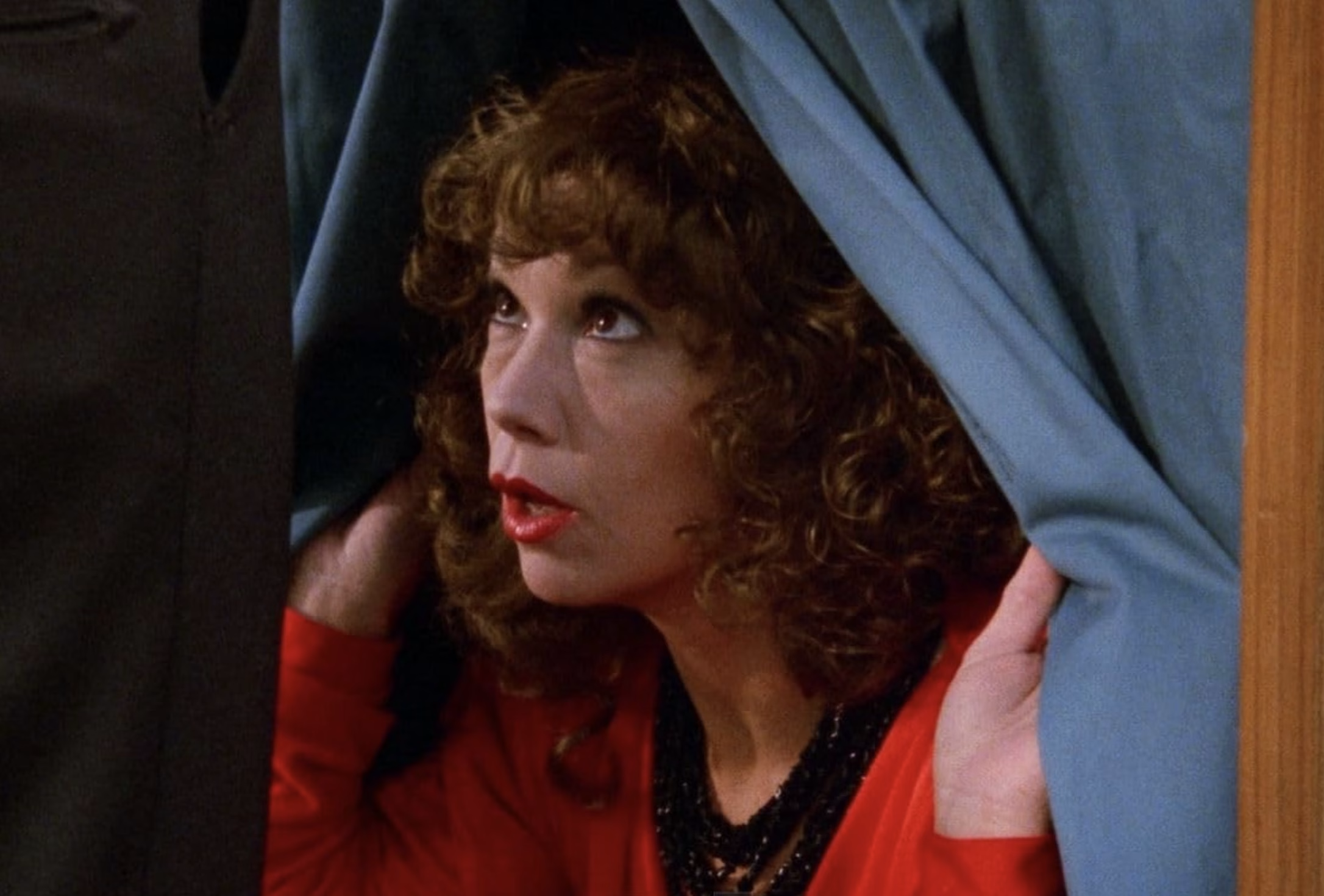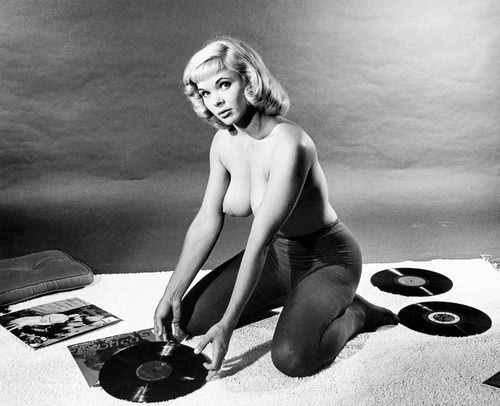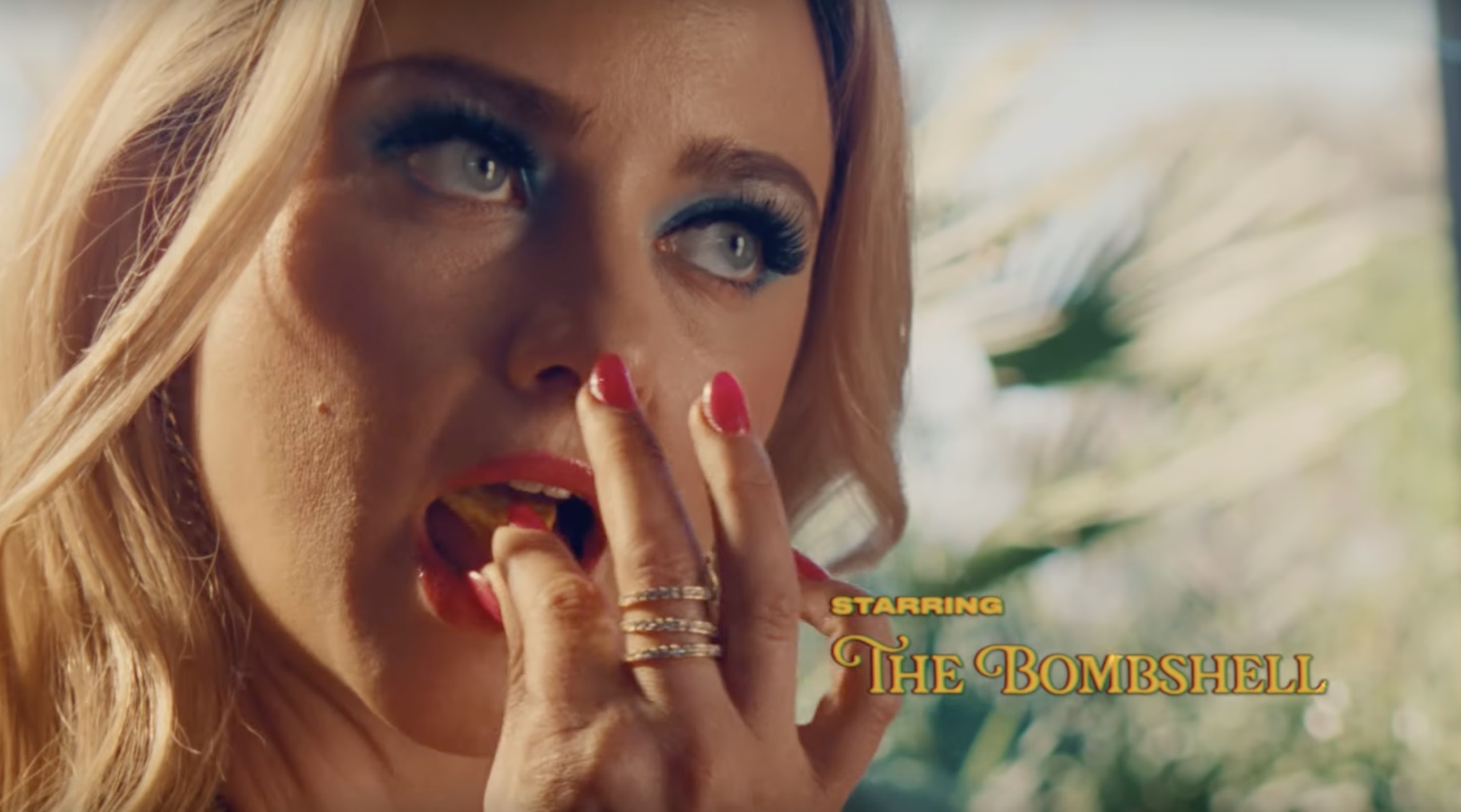Candy Barr Profile: The Texas Legend
A celebration of one of Texas’s most iconic entertainers, the Candy Barr Profile offers an intimate look at the life, talent, and legacy of the legendary burlesque performer.

The Legend Lives On
In the golden age of American entertainment, few figures captured the public imagination quite like Candy Barr. Born Juanita Dale Slusher, she became a household name across Texas and beyond, earning her place as one of the most celebrated performers of the mid-20th century. Her story is one of triumph over adversity, artistic expression, and unwavering determination to define herself on her own terms.
Vital Statistics & Characteristics
Personal Information:
- Birth Name: Juanita Dale Slusher
- Stage Name: Candy Barr (given by club owner Barney Weinstein)
- Born: July 6, 1935, Edna, Texas
- Died: December 30, 2005, Victoria, Texas (buried in Edna)
- Parents: Elvin Forrest Slusher (construction worker, harmonica player) & Sadie Mae Sumner
Physical Characteristics:
- Hair: Originally brown, later platinum blonde
- Eyes: Striking tropical green
- Build: Petite and perfectly proportioned
- Notable Features: Described by contemporaries as having an “angelic face” and “incredibly gorgeous” figure
Family:
- Daughter: Troylene (born late 1955)
- Siblings: Four older (Leota, Keleta Pauline “Kay”, Gary, Forest) plus two half-siblings (Travis Leroy, Katherine Pauline)
Marriages:
- Billy Dabbs (August 11, 1951) – ended in divorce
- Troy Phillips (October 23, 1954) – ended in divorce
- Jack Sahakian (November 25, 1959) – ended in divorce
- James Wilson (March 1964) – ended in divorce

From Tragedy to Stardom
Candy’s early life was marked by unimaginable hardship. Her mother died in March 1945 after falling from a moving car when Juanita was nine years old. Shortly after, her father remarried Etta Agnes (Holden) Goggans, who brought her own children into the family. Juanita’s childhood became a nightmare of sexual abuse – first by a neighbor and babysitter, then by her stepmother, who also encouraged her father to beat her for minor infractions.
At thirteen or fourteen, traumatized by the abuse, she ran away to Dallas hoping to find work. Instead, she fell victim to “The Capture” – a local system where economically vulnerable young girls were kidnapped, raped, and forced into prostitution. The men exploiting these underage girls included businessmen, politicians, judges, and law enforcement officers from the upper echelons of society.
At fourteen or sixteen, she married Billy Dabbs (or Debbs), a petty criminal and safecracker. They were called “like a teenage Bonnie and Clyde,” with him cracking safes while she drove the getaway car. The marriage ended when he was imprisoned. Over the next three years, Barr was arrested multiple times for vagrancy and theft. She worked briefly as a cocktail waitress and cigarette girl before discovering her true passion: dance.
At just nineteen, she debuted at Dallas’s famous Colony Club, signing the longest contract in the venue’s history – six months. Her signature look – complete with ten-gallon hat, cowboy boots, pasties, “scanty panties,” and a gun belt with toy pistols – became legendary across Texas. She wasn’t just performing; she was creating a new form of artistic expression that blended Western imagery with sophisticated choreography.
The Artist and Her Craft
Candy Barr revolutionized burlesque performance through her improvisational style. Unlike other performers who relied on set routines, she danced to live music, channeling whatever emotion she felt that night into her art. As she once explained: “I don’t go out with a routine I just have the music and every night it’s a different emotion that I’m feeling whatever my emotion is that’s what I project.”
Her talent was recognized far beyond Texas. She quickly became the highest-paid burlesque dancer in Dallas and commanded up to $2,000 per week in Las Vegas and Los Angeles – equivalent to nearly $23,000 today. Her performances often served as the standard for comparison in Tony Zoppi’s “Dallas After Dark” column in the Dallas Morning News entertainment section.
Hollywood took notice too. She was hired by 20th Century Fox as choreographer and technical advisor for “Seven Thieves” (1960), training Joan Collins for her exotic dancer role. Collins described Barr as “a down-to-earth girl with an incredibly gorgeous body and an angelic face” and said she learned more about sensuality from Candy than in all her contract years combined.
In 1954, she married Troy Phillips in Dallas and had her daughter Troylene in late 1955. However, her personal life remained turbulent. In January 1956, she shot her estranged husband Phillips after he kicked down her apartment door. She was charged with attempted murder, but the charges were later dropped. She claimed she aimed for his groin but hit his stomach instead – he survived the shooting.

Trials and Tribulations
Candy’s fame began attracting unwanted attention from law enforcement. In October 1957, police detectives searched her apartment and arrested her for possessing less than an ounce of marijuana found in her bra. Barr maintained the arrest was a setup and that the drugs belonged to her roommate. Her lawyers argued that a detective had illegally wiretapped her apartment and that her arrest was a scheme to end her striptease career in Dallas.

Her celebrity status became tabloid fodder, with newspaper coverage shifting from her professional career to her alleged criminal behavior and controversial friendships. While free on bail, her relationship with alleged gangster Mickey Cohen raised concerns about her connections to organized crime. She eventually broke ties with Cohen and provided evidence against him to the FBI.
The February 1958 trial was a sensational affair, heavily attended by press and public. Assistant District Attorney Bill Alexander made her profession and reputation a central point of his prosecution, while the defense selected a predominantly male jury. The judge even took photos of her in his chambers and called her “the voluptuous defendant,” highlighting the sexist nature of the proceedings.
Despite widespread belief that the charges were trumped up – possibly related to rumors of her keeping a “little black book” of influential Dallas clients from her escort days – she was convicted and sentenced to fifteen years in prison. The Dallas Morning News published numerous letters to the editor condemning the sentence as too harsh. Many believed the real reason for her persecution was fear among Dallas elites that she might expose their past indiscretions.
On November 25, 1959, she married Hollywood hairdresser Jack Sahakian in Las Vegas before beginning her sentence. On December 4, 1959, she entered the Goree Unit women’s prison in Huntsville, Texas.
In Prison
She initially refused to perform at the annual rodeo and successfully negotiated to work in the prison library instead, showing her determination to maintain dignity on her own terms. This experience taught her how to manipulate those who constantly tried to use her. During this time, she wrote 56 poems that were later published as “A Gentle Mind… Confused” (1972). She viewed her imprisonment as she described it: “another thing, like forced sex, that she had to endure.”
During her three years and 91 days in prison, Candy didn’t let her spirit break. According to the Texas Observer, she was pregnant when she entered prison and suffered a miscarriage there. She worked sewing men’s uniforms in the Goree clothing factory and sang and played percussion with “The Goree Girls,” an all-female prisoner band that performed at the Texas Prison Rodeo.
Hollywood Connections and Historical Significance
Candy’s life intersected with major historical events and figures. She had known Jack Ruby, owner of the Vegas Club and Silver Spur Inn, since 1952, though she never worked for him. After her release from prison on April 1, 1963, Ruby visited her in Edna on May 8, 1963, bringing her a puppy and asking her to dance at his club – which she refused due to her parole restrictions.

After Ruby killed Lee Harvey Oswald following Kennedy’s assassination, the FBI came to her house on Thanksgiving and interviewed her as part of their investigation. She also testified before the Warren Commission, though she always maintained she knew nothing about any conspiracy. An acquaintance who worked with her in ’65 and ’66 claimed that while she wasn’t afraid her life was in danger, she was genuinely afraid of the FBI.
Her connections extended beyond Ruby. She had brief relationships with Mickey Rooney and one of Bing Crosby’s sons. Her friendship with Sammy Davis Jr. was seen as challenging the social conventions of the 1950s, and their shared status as outsiders provided them mutual comfort.
Her earlier involvement with Mickey Cohen, the alleged gangster, was both romantic and business-related. Cohen helped with her bail and tried to help her avoid arrest, but she eventually testified against him in a tax evasion case. This dangerous connection added to the mystique and notoriety that surrounded her throughout her career.
Her brief appearance in the underground film “Smart Aleck” (1951), made when she was just fifteen or sixteen, became part of cinema history. The fifteen-minute “stag film” was widely distributed and made her what some called “the first porn star,” though she later claimed she was drugged and forced into the role.

Recognition and Legacy
In 1967 (some sources say 1968), Governor John B. Connally granted her a full pardon, acknowledging the injustice of her conviction. About her pardon, Candy reflected: “I really don’t know why, unless he studied the case and knew it was an injustice whether I was a victim or not.”
After her release, she had to live within thirty-six miles of her birthplace and was prohibited from working in burlesque or establishments serving alcohol. She briefly married railroad worker James Wilson in March 1964 in Edna, Texas, divorcing the following year.
Despite the restrictions, she occasionally returned to adult entertainment. About twenty months after her pardon, she was arrested again for marijuana possession in Brownwood, Texas, though the case was dismissed in August 1970. She briefly returned to the stripping circuit in early 1968, performing at the Largo Club in Los Angeles, the Bonanza Hotel in Las Vegas, and the Colony Club in Dallas.
In 1975, at age 41, Oui magazine paid the then-grandmother $5,000 to pose nude, generating an enormous response from her fans. This comeback demonstrated her enduring appeal and the loyalty of her fanbase.
Texas Monthly honored her in 1984 as one of the “perfect Texans,” placing her alongside Lady Bird Johnson in their pantheon of state icons, cementing her status as a cultural landmark.

The Woman Behind the Legend

Perhaps Candy’s most powerful statement about her identity came late in life: “Juanita Slusher was a prostitute. Juanita Dabbs (her first married name) was a prostitute. Juanita Phillips (her second married name) was a prostitute. All those Juanitas probably did 4,000 ‘tricks’ a year. But Candy Barr was a dancer, an entertainer, a star. Candy Barr was the very essence of myself.” This distinction showed how she used performance to transcend her circumstances and create a new identity rooted in artistry and self-determination.
Her resilience was legendary. As she reflected: “I had faith all my life how do you think I made it let’s face it I didn’t do it all by myself.” Even facing photographers after shooting her husband, she maintained her composure, playfully telling them: “Make it sexy, boys.” Before entering prison, she showed her characteristic humor with a wry comment: “I always wanted a brick house of my own, and it looks like I am going to have one.”
In her final years, living quietly first in Brownwood and after 1992 back in Edna, she made it clear she wanted privacy: “Let the world find someone else to talk about… I like being left alone.” Even then, she maintained that she wanted to be remembered simply as “being a dancer and entertainer.”
Additional Fascinating Details
The Greg Barios Interview: In 1984, poet and playwright Greg Barios visited her at her remote home in Brownwood, which she called “Fort Dul” (Dulce is Spanish for candy). Initially reserved, she opened up when Greg mentioned he was from Victoria, near her hometown of Edna. She even checked his references through his mother before welcoming him with fried chicken and Texas iced tea. Greg remembered her in oversized reading glasses, jokingly comparing her look to Sarah Palin.
Cultural Impact: There’s a song about her by George McCoy titled “The Ballad of Candy Bar” that was played on Rag Radio. Greg Barios has been working on a play about her life called “Hard Candy,” which would use three different actresses to represent her at different life stages, conversing about dreams, reproaches, and memories.
The Colony Club Legacy: Her six-month contract at the Colony Club was the longest in the venue’s history. Despite being underage herself, she drew long lines of visitors who had to be 21 to enter. She quickly earned $85 per week, remarkable for a teenager in the 1950s.
The “Black Book” Mystery: Rumors persisted that she kept a “little black book” with names of high-ranking Dallas men who had hired her services as Juanita. This alleged threat to the city’s elite was believed by many to be the real reason for her repeated legal troubles and harsh sentences.


A Lasting Impact
Candy Barr passed away on December 30, 2005, at age 70, but her legend endures. She represented a uniquely American story – one of survival, reinvention, and the power of performance to transform both performer and audience. Her life spanned an era of tremendous social change, and she navigated it all with grace, grit, and an unwavering commitment to her craft.
Today, Candy Barr is remembered not just as an entertainer, but as a symbol of Texas independence and resilience. She proved that no matter how humble or difficult your beginnings, you can write your own story and define yourself on your own terms. In a world that often tried to diminish her, Candy Barr refused to be anything less than a star.
“Let the world find someone else to talk about… I like being left alone.” – Candy Barr

Filmografie
Candy Barr had a noteworthy, though at times controversial, career in film and theatrical performances.
Movies
• SMART ALEXK (1951) Role: “The Girl”
Context: At the age of 15 or 16, Candy Barr, then Juanita Dale Slusher, was drugged and coerced into appearing in this adult film without her consent. While she initially told a men’s magazine she participated for money as she had less than a dollar, she later insisted she was forced. Smart Aleck was considered the most popular underground “blue movie” or “stag film” of its era. This short, hard 8mm film, lasting no more than 15 minutes (or up to 20 minutes by some accounts), gained widespread “underground” distribution and popularity, leading some to dub her “the first porn star”. The film circulated nationwide and was compared to “Deep Throat of its time”. Unusually for such films, her name became associated with it, significantly contributing to her fame. Her involvement in this film also made her “even more sinister in the eyes of the Dallas law enforcement”
• THE GENE KRUPA STORY (1959) Role: Stripper (uncredited).
Context: Specific details about her involvement in this film are not provided in the sources beyond her uncredited role
• SEVEN THIEVES (1960) Role: Technical Adviser (uncredited)
Context: In 1959, Candy Barr was hired by 20th Century Fox Studios as a choreographer for this film. Her primary role was to train actress Joan Collins in burlesque for her character as an exotic dancer. Joan Collins, in her autobiography Past Imperfect, credited Barr with teaching her “more about sensuality than I had learned in all my years under contract”. Collins also described Barr as “a down-to-earth girl with an incredibly gorgeous body and an angelic face”
• MY TALE IS HOT (1964) aka ALWAYS ON MONDAY. Role: Stripper (uncredited).
Content: a comic fantasy in which a man meets the Devil and is surrounded by beautiful naked women. Packed with cheesy jokes and intentionally fake-looking sets that give it a surreal vibe, the film offers a quirky slice of 1960s camp cinema. Candy Barr, the famous stripper, appears briefly—possibly through footage borrowed from another movie.
In this scene from My Tale Is Hot, Candy Barr makes a brief but memorable appearance as a teasing stripper, bringing her signature charm to the film’s playful, risqué atmosphere
Theater productions
Beyond film, Candy Barr also engaged in theatrical performances, notably playing “Rita Marlowe” in a 1957 Dallas Little Theater production of “Will Success Spoil Rock Hunter?”.

Sources
“Barr, Candy [Juanita Dale Slusher] – Texas State Historical Association“
Candy Barr, Cannabis & Las Vegas: An Exploited Burlesque Dancer’s Journey
Obituary: Candy Barr (Washington Post, January 4, 2006)
Ragradio2011-01-28-bobMosergreggBarrios1.mp3
The Real Candy Barr. This is Juanita Slusher from Edna, Texas.










